Early Moonrise in September 1899
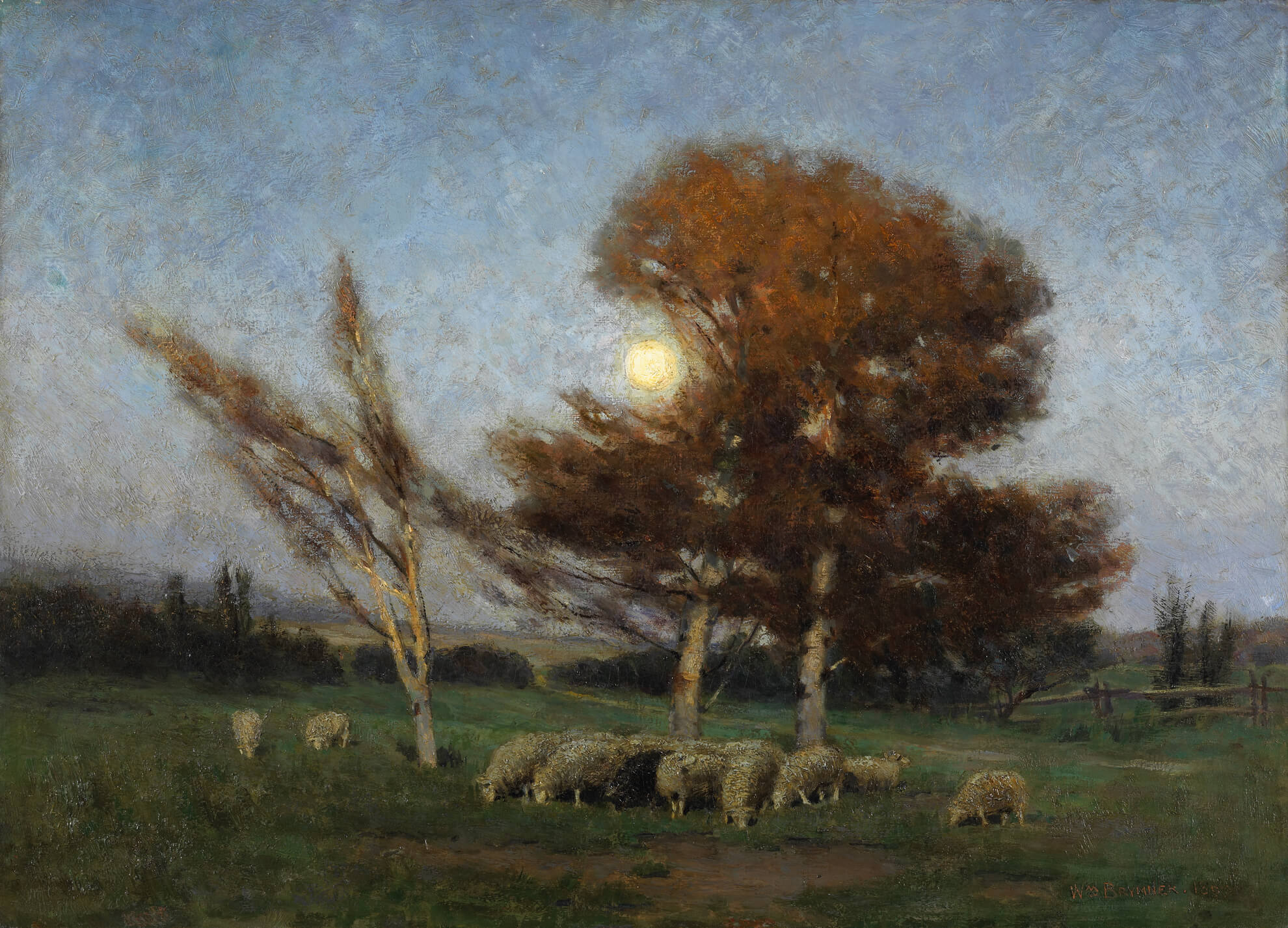
William Brymner, Early Moonrise in September, 1899
Oil on canvas, 74.2 x 102.1 cm
National Gallery of Canada, Ottawa
Early Moonrise in September is a landscape that showcases the moon rising from behind a small group of trees as a flock of sheep graze nearby. In 1897 Brymner visited Beaupré, Quebec, with two other Canadian painters: the French-born painter Edmond Dyonnet (1859–1954) and landscape artist Maurice Cullen (1866–1934). While he was there, Brymner began working on this painting. A small oil sketch has survived; it may have been painted en plein air during the visit. The painting itself was most likely finished in Montreal, and it was not exhibited until 1899.
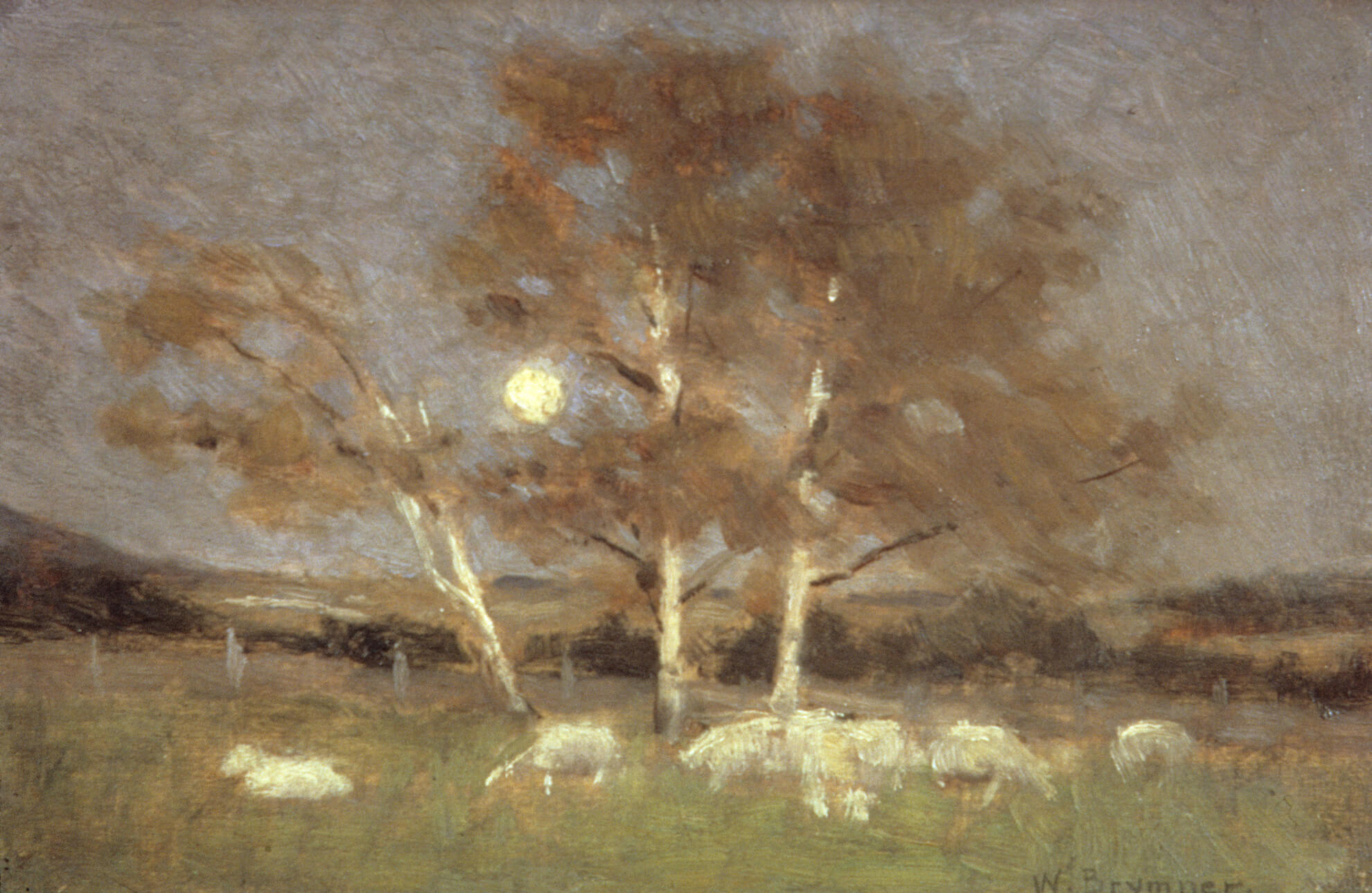
The contrast between the sketch and the finished work suggests how the composition evolved. In the study, Brymner is particularly concerned with the core arrangement of whites in the scene, a balance between the moon, the tree trunks, and the sheep (who are merely suggested through white splotches). In the final work, different shades of white have been modified such that the moon dominates, and delicate gradations of light represent the softness of the moonlight in the sky and on the trees’ leaves.
When the painting was exhibited at the Royal Canadian Academy of Arts in 1899, the critic for the Montreal Witness cheerfully described it as a “very delightful” piece that “gives one an Oliver Twist-like appetite for ‘more.’ There is a silvery, atmospheric charm about this picture: the color scheme is very tender and dainty, and the scene, time of year and time of day, convincing; altogether, just the kind of picture one would like to add to one’s collection.” The painting quickly became one of Brymner’s most celebrated works.
Subsequent exhibitions that displayed Early Moonrise in September include the Dominion Exhibition in 1903, the Louisiana Purchase Exhibition in 1904, and the RCA exhibition of 1908, where it was acquired by the National Gallery of Canada. The painting was reproduced in Canada and Its Provinces (1913), which declared that Brymner’s paintings were known for “a remarkably fine treatment of light.” It also appeared in an article on Canadian landscape art that National Gallery director Eric Brown wrote for Studio magazine’s special volume Art of the British Empire Overseas (1917).
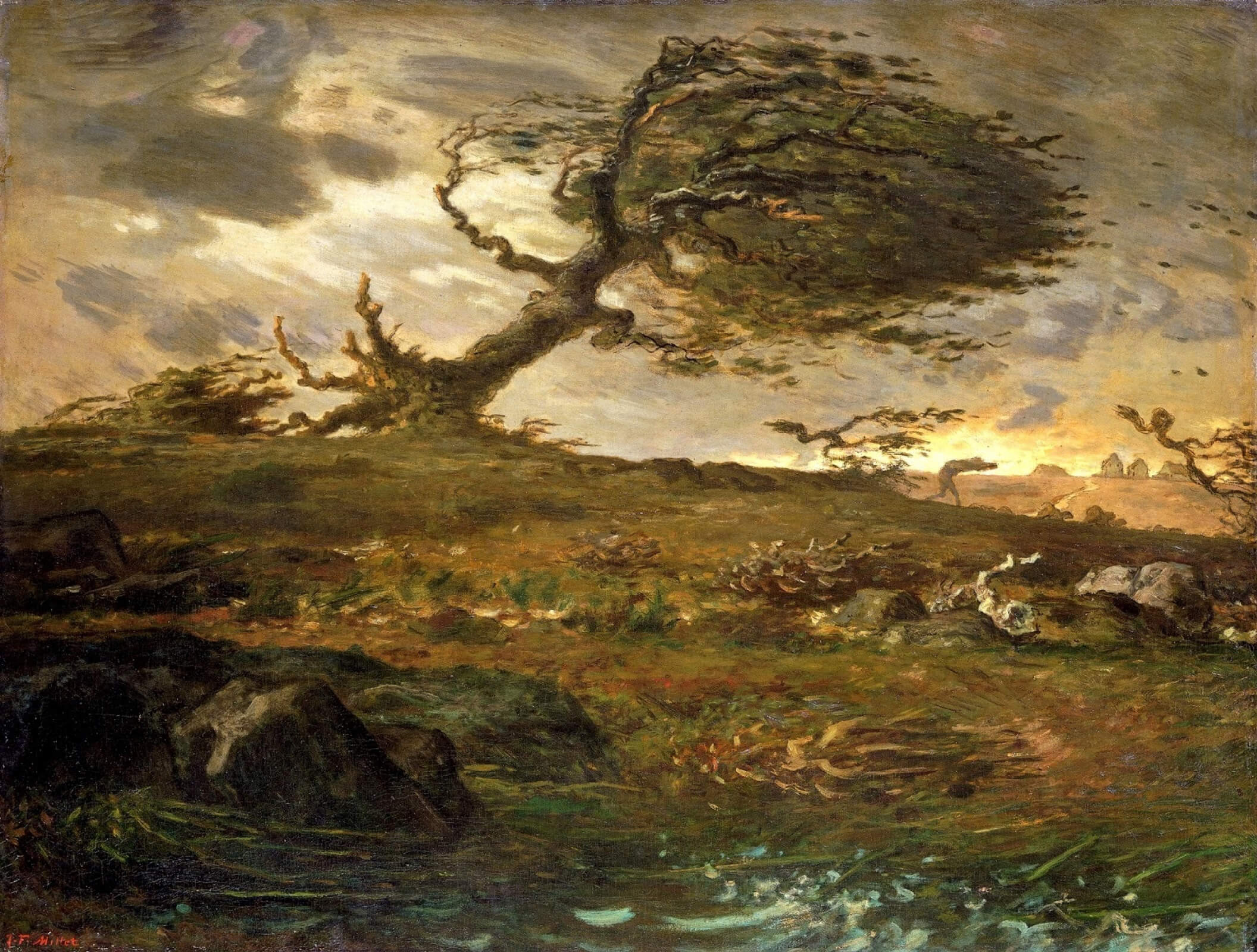
Although Early Moonrise in September has been compared with landscapes of the Barbizon school because of its sensitive treatment of the landscape, it is more appropriate to see the work as a reflection of Brymner’s own approach to making art. He did not believe in emulating any particular style, and at this point in his life he was highly critical of the Barbizon school because he believed following a specific school led to the loss of individuality. By 1899 he had become known as an artist whose commitment to personal innovation frustrated attempts to identify a trajectory in his work. As a critic for the Witness noted, Brymner was “difficult . . . to write about” because he was “so many-sided, his aesthetic aspirations crop out in so many different directions.” This painting was seen as one of his great successes, and it was well known and admired during his lifetime.
By 1919 the picture had suffered some damage. At the request of the National Gallery, Brymner undertook to repair the painting himself. He wryly commented, “It’s a good thing the thing happened before I died, for had it put itself off till then it would have been a real misfortune.” Restoring the painting was a courtesy, but it was more than that. His letter suggests he had begun to see this painting as part of his legacy as an artist.

 About the Author
About the Author
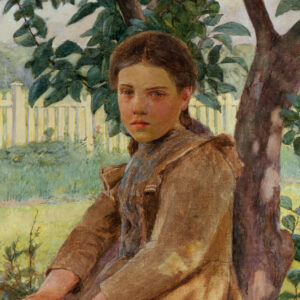 More Online Art Books
More Online Art Books
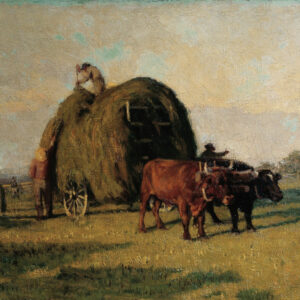 Acknowledgements
Acknowledgements